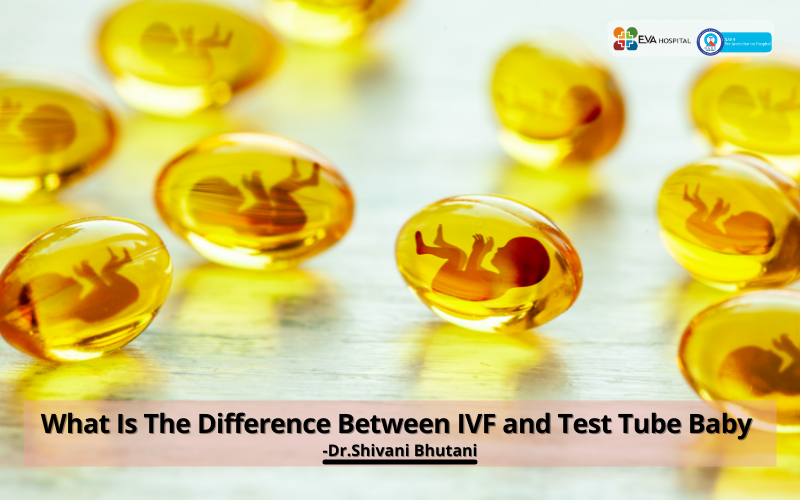Overview
The full form of IVF is ‘In vitro Fertilization’ The phrase ‘in Vitro literally means “within the glass.” A Latin term, it more generally refers to anything occurring in a laboratory setting. This is the opposite of the phrase ‘in vivo’, which means “within the body”
What Is In-vitro Fertilization?
A type of assisted reproductive technology which is very popular and effective for couples who cannot conceive naturally is called IVF.
The procedure involves obtaining eggs from a woman’s ovaries & fertilizing them with sperm. This fertilized egg is called an embryo. The embryo may then be frozen for storage or transferred to a woman’s uterus.
Depending on the situation, IVF can use:
- Woman’s eggs and her partner’s sperm
- Woman’s eggs and donor sperm
- Donor eggs and a woman’s partner’s sperm
- Donor eggs and donor sperm
- Donated embryos
- Sometimes the doctor can also implant embryos in a surrogate uterus, or gestational carrier.
Why Is In-vitro Fertilization Performed?
People with infertility who want to have a baby and opt for IVF, in case the other fertility treatments tried have failed to work. The treatments and therapies tried prior to IVF may include fertility drugs or having intrauterine insemination in which a doctor transfers sperm directly into a woman’s uterus.
Infertility issues for which IVF may be posted are:
- Issue of reduced fertility in women over the age of 40
- Blocked or damaged fallopian tubes
- Reduced function of ovaries
- Endometriosis
- Uterine fibroids
- Male infertility, arising from low sperm count or abnormalities in sperm shape
- Unexplained infertility
How does IVF Works?
Fertility drugs are prescribed to the woman, for a few days, to stimulate the development of extra oocytes (or eggs) in the ovaries.
After this, the mature eggs are removed from the ovaries of the intended mother or from an egg donor.
These eggs and the sperm from either the intended father or from a sperm donor, are then put together in a petri dish, where a sperm cell will fertilize an egg cell.
The fertilized egg or embryo then develops for a few more days in the lab, under very carefully controlled conditions.
After this, two of the healthiest embryos are transferred to the intended mother’s uterus. Extra embryos if any are frozen for future cycles. IVF success rates are fairly good but pregnancy is never a guarantee.
What is a test tube baby?
A baby conceived by the method of In Vitro Fertilization is called a test tube baby. In the phrase ‘In vitro fertilization where the word “vitro” means glass.
The fertilization is done outside the uterus in this procedure. The egg and sperm are mixed in a petri dish and ‘in-vitro’, meaning within the glass culture dish as opposed to in-vivo, which means inside the living body.
The term test tube baby is just a non-medical term used while referring to IVF or In-Vitro Fertilisation. This term cropped up from the idea that an embryo is formed in a test tube instead of the woman’s fallopian tube.
Conclusion
There is no difference at all between IVF and a test tube baby. They are just scientific and non-scientific names for the same process.
We at EVA Hospital understand that the thought of conceiving a healthy baby is very close to the heart of the couples, who have been trying for a long time.
Our team under the able guidance of Dr. Shivani Bhutani and with the help of the latest technology and best infrastructure has been performing IVF treatment with a very good success rate.
We are committed to putting at rest any queries and misconceptions around the treatment.




